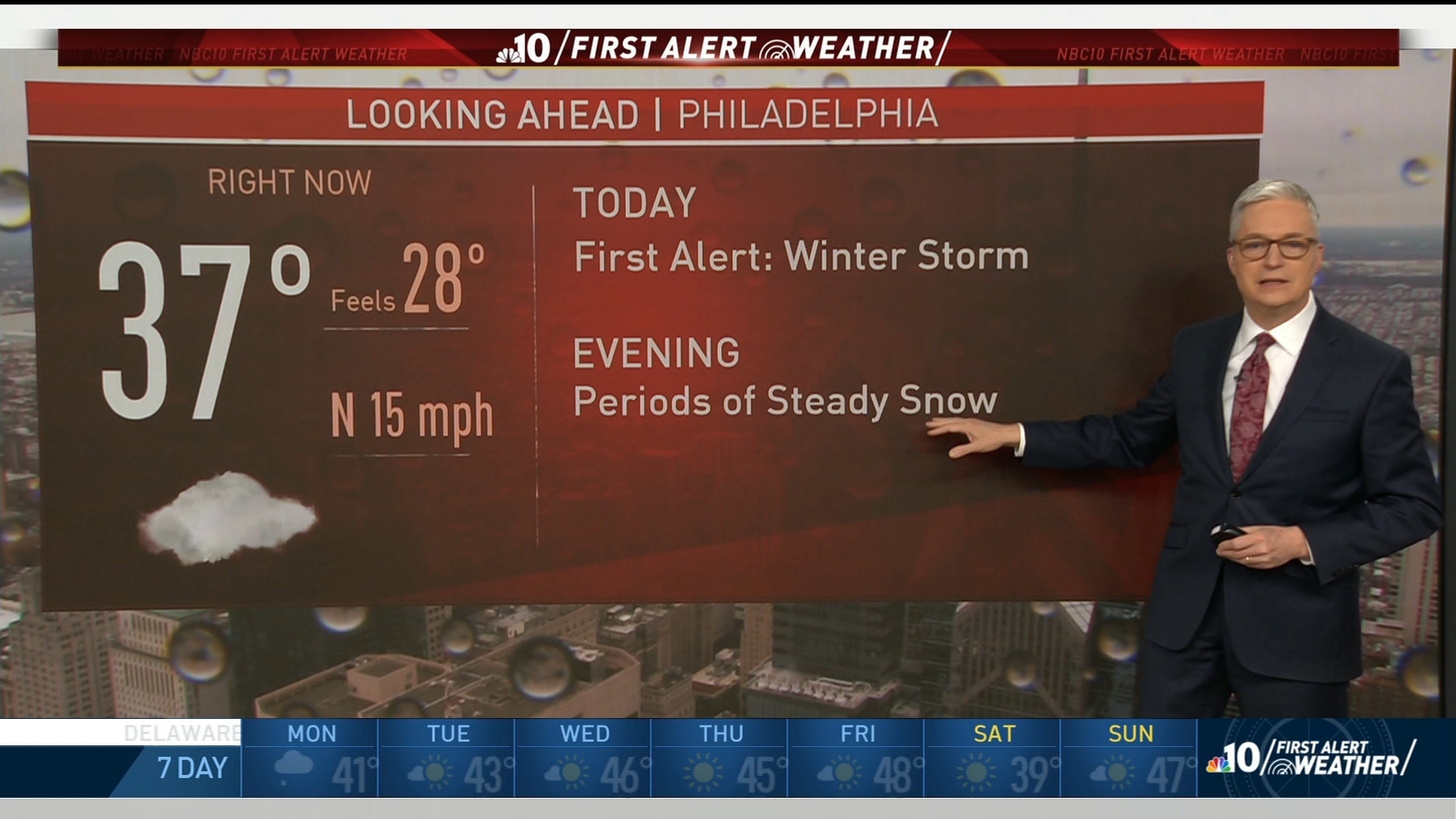
Kids, who often are encouraged to go out and play, “are more susceptible to smoke for a number of reasons,” said Laura Kate Bender, the lung association's National Assistant Vice President, healthy air. The air quality alerts caution “sensitive groups,” a big category that includes children, older adults, and people with lung diseases, such as asthma and chronic obstructive pulmonary disease. “It’s a good example of how complex the climate system is but also how connected it is,” Ford said.Įxposure to elevated fine particle pollution levels can affect the lungs and heart. Trent Ford, the state climatologist in Illinois, said the atmospheric conditions in the upper Midwest creating dry, warm weather made it possible for small particulates to travel hundreds of miles from the Canadian wildfires and linger for days. “When those particles get down into the respiratory space, they cause the body to have an inflammatory reaction to them.” David Hill, a pulmonologist in Waterbury, Connecticut, and a member of the American Lung Association's National Board of Directors. These are sort of the right size to get past those defenses,” said Dr. “We have defenses in our upper airway to trap larger particles and prevent them from getting down into the lungs. But, usually, the smoke has been aloft and hasn't affected people's health, he said.Īir quality alerts are triggered by a number of factors, including the detection of fine-particle pollution - known as “PM 2.5” - which can irritate the lungs. It's very typical in terms of northwest Canada,” said Darren Austin, a meteorologist and senior air quality specialist with the Rhode Island Department of Environmental Management. “It's not unusual for us to get fire smoke in our area. Environmental Protection Agency said hazy skies, reduced visibility and the odor of burning wood are likely, and that the smoke will linger for a few days in northern states. #ilwx #inwx /0AiUuWNeZG- NWS Chicago JHow dangerous is it? Those with chronic respiratory illnesses should limit their time outdoors. Yet another day of poor air quality is anticipated today, primarily due to lingering wildfire smoke in the area. Images posted to social media Wednesday showed heavy smoke blanketing Yankee Stadium in Bronx, where the White Sox are scheduled to play in the evening. By Wednesday, the smoke across the city and the suburbs had reduced from a thick to a moderate level.īut across the east coast, the thick smoke remained. In the Chicago area, high ozone levels, combined with smoke from wildfires led to air quality alerts and hazy skies Monday.

In the Philadelphia area, dusk brought more of a lavender haze.

Hazy conditions and smoke from the wildfires were reported across the Great Lakes region from Cleveland to Buffalo.Ī smoky haze that hung over New York City much of the day Tuesday thickened in the late afternoon, obscuring views of New Jersey across the Hudson River and making the setting sun look like a reddish orb.

and parts of the Midwest in a dystopian haze, turning the air acrid, the sky yellowish gray and prompting warnings for vulnerable populations to stay inside.

The wildfires are blanketing the northeastern U.S. Blood donors now offered new ‘mixed reality' experience during donations at Chicago-area centers


 0 kommentar(er)
0 kommentar(er)
